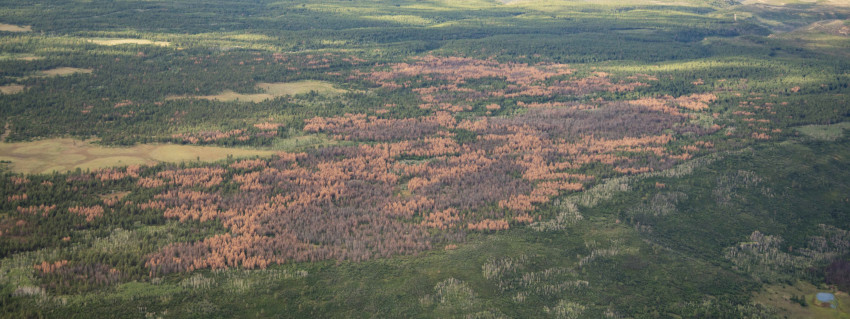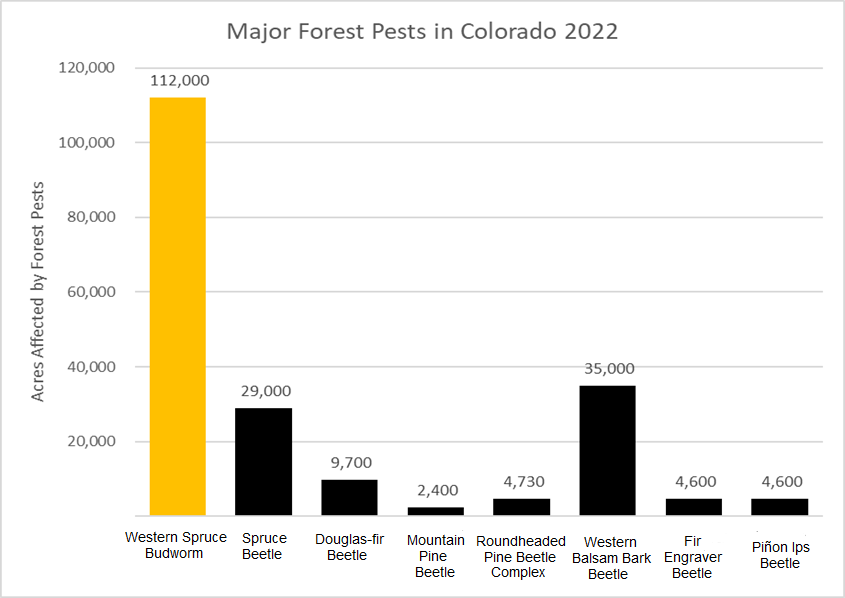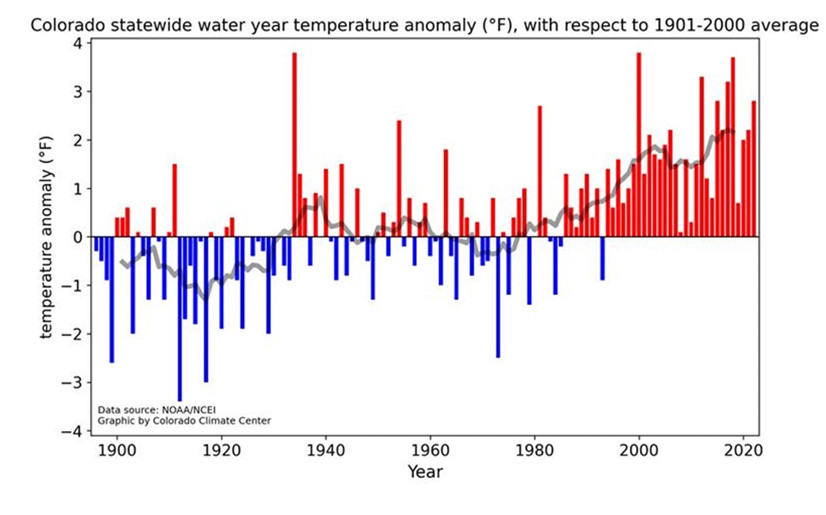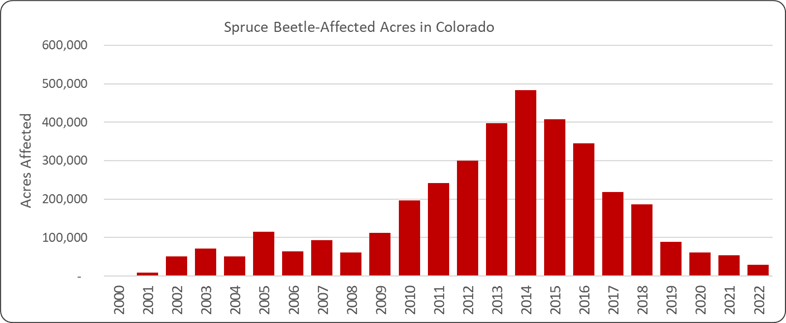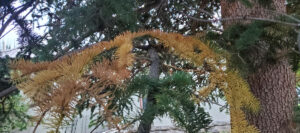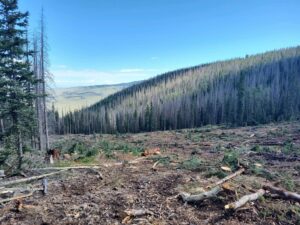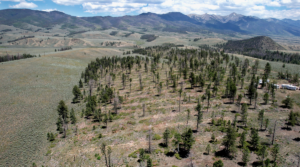
Report: Forest Pests, Wildfire Concerns Persist Despite Milder Conditions in 2023
The annual forest health report details the current state of the health and condition of Colorado’s forests. Learn how the milder conditions in 2023 affected wildfire risk and forest pest activity.



